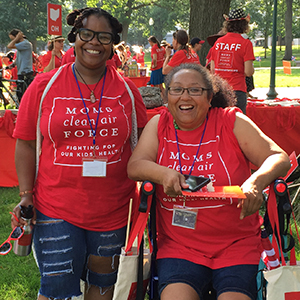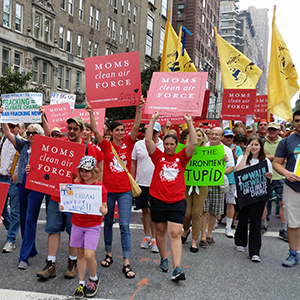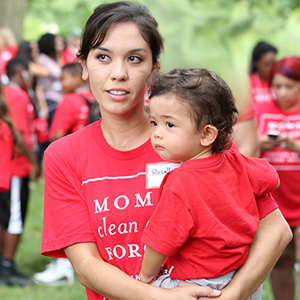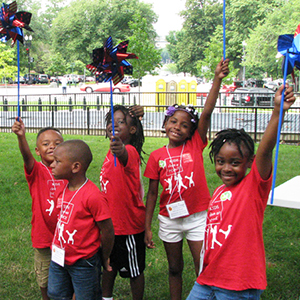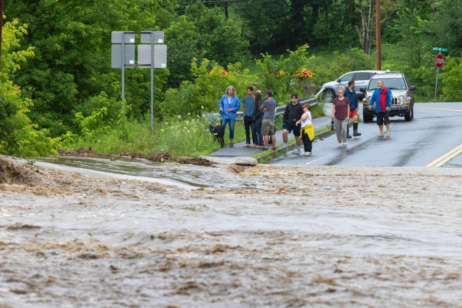
It has been an eerie summer on the East Coast. We were contending with our first bout of extended wildfire smoke. Then, when the air (temporarily?) cleared, torrential rains arrived, resulting in floods from Vermont to New York where train service—Amtrak and regional—was impeded for nearly a week. The tracks were damaged by the extreme rain.
This is beyond a new normal.
Several members of our own staff live in the areas hit hardest by the rain. One lost her car when a rain-soaked tree fell on it. My daughter got stuck—briefly—in New York City where she was visiting her grandmother. She couldn’t take a train back upstate to where we live. Instead, she hopped one as north as it could go, then got picked up and driven the rest of the way.
We have of course been anticipating climate change-induced extreme weather for some time now, but having air pollution and flooding arrive so forcefully within the span of a few weeks has been disorienting. Hopefully it’s also a wake-up call. Flooding of this magnitude seems to come from hurricanes and sea level rise, not several days of intense rain. Going forward, we will know better.
While these recent storms have not forced anyone to relocate permanently, some people have been displaced. They will need to contend with expensive clean ups, water damage, and mold mitigation. Still others were swept away by floodwaters and died.
This may be a first, but it won’t be the last time our slice of the East Coast will be hit with extreme rainstorms. A recent study from Dartmouth College says that a warmer climate creating more humid conditions in the Northeast means extreme precipitation events—at least 1.5 inches of heavy rainfall or melted snowfall in a day—are projected to increase in the Northeast by a whopping 52% by the end of the century.
In the Hudson Valley, close to where I live, record rainfall was just recorded in West Point, New York: more than 7.5 inches in six hours, according to the National Oceanic and Atmospheric Administration. A 24-hour precipitation record was also set in nearby Dover Plains: 5.39 inches. New York State governor Kathy Hochul announced a state of emergency for multiple counties. Road closures and flash floods were widespread here and elsewhere in Massachusetts, Maine, and Vermont.
Extreme weather, including rainfall, is climate change in action. Here are some things we can do about extreme rain going forward:
- Be prepared. Storms can be unpredictable. You can still plan ahead to protect your family by understanding your community’s level of risk and your personal level of risk. Pay attention to weather alerts, create an evacuation plan, and have disaster supplies on hand ahead of a big rainstorm. You may also want to check your insurance plan and prep your home, especially if you live in a low-lying area.
- Take proactive steps. To protect communities on the front lines of stronger storms, we need solutions like natural infrastructure along our coasts. We also need to push for pre-disaster mitigation so our communities can be safer and more resilient.
- The impact of extreme heat is disproportionate. The climate crisis, including extreme rainfall, poses unequal challenges for Black and Brown communities. These communities need to be centered when taking proactive steps.
- Safeguard mental health. Extreme weather is deeply upsetting. A 2021 Lancet survey of over 10,000 young people found that 75% of youth around the world think the future is frightening, and 45% reported that climate distress has a negative impact on their daily lives. Take care of your emotional health.
We can also all speak up. We need laws and policies that can help us all adapt to climate-driven extreme weather and reduce the causes of climate change. Urge your representatives to act on climate today.
